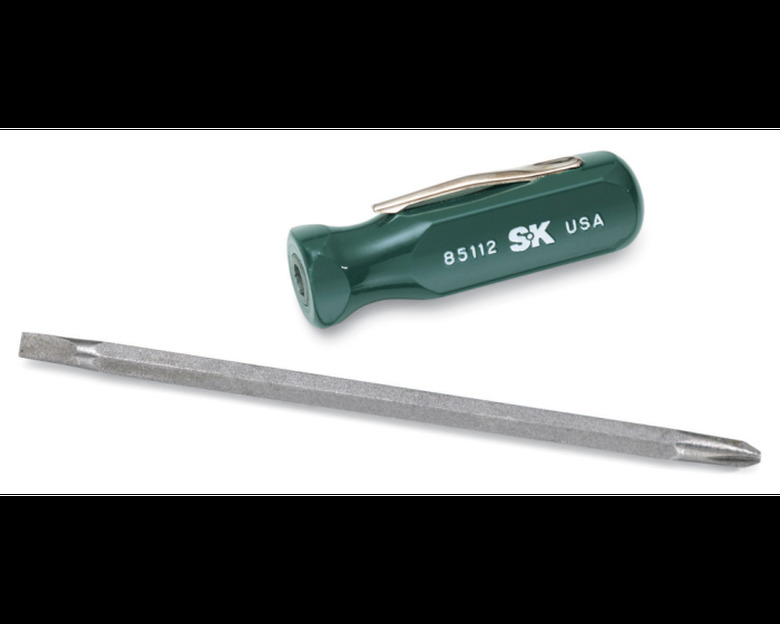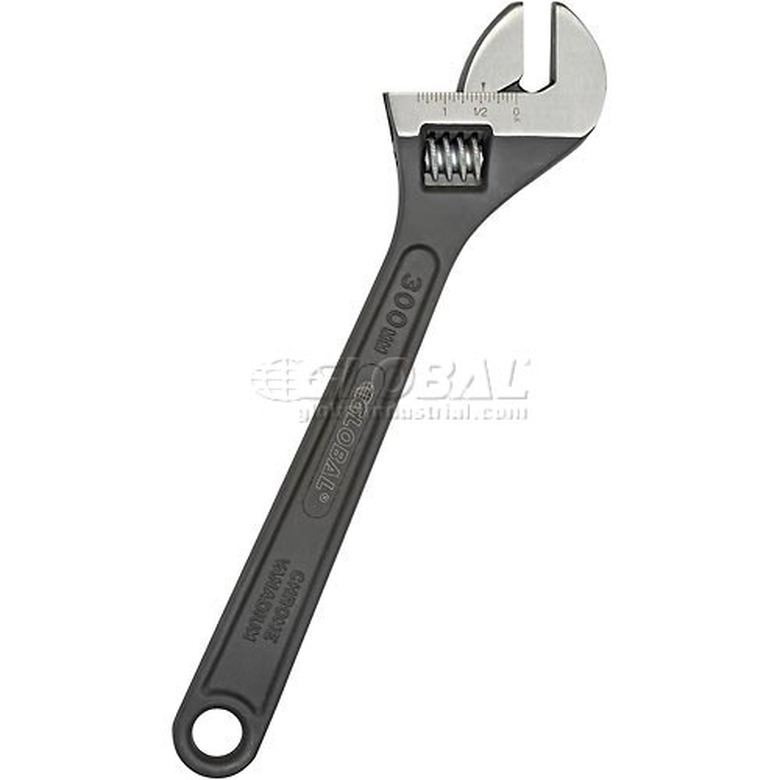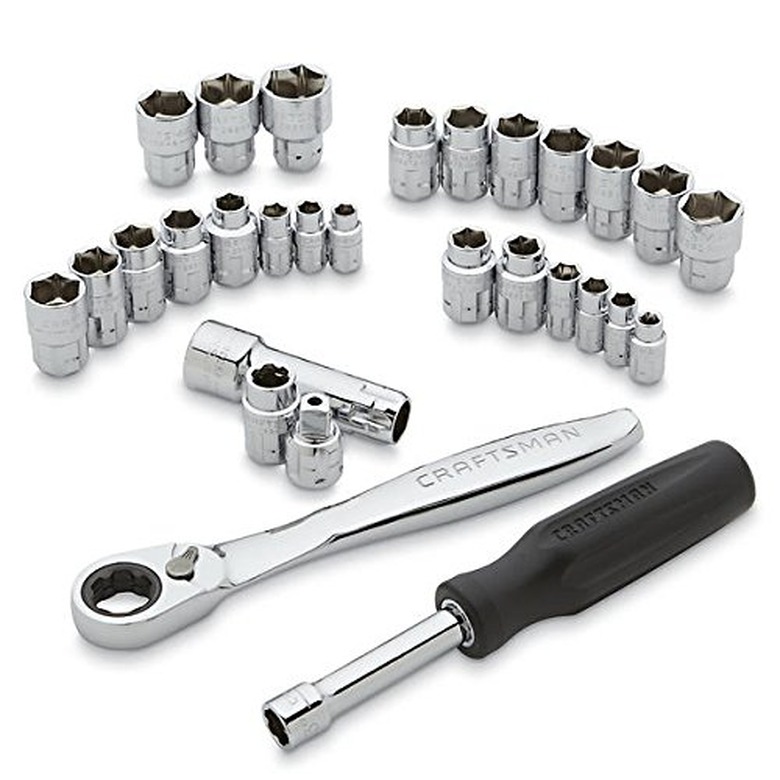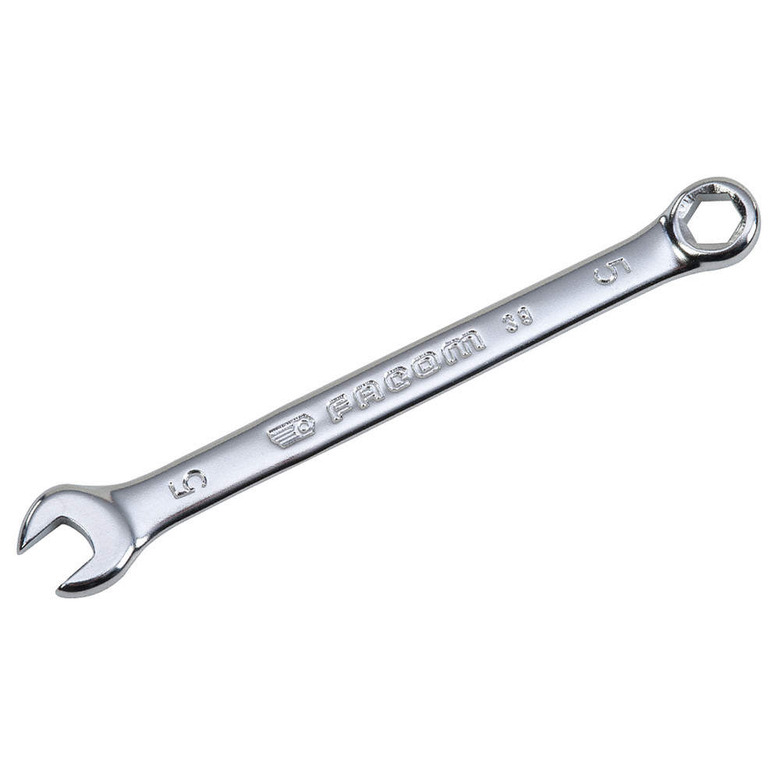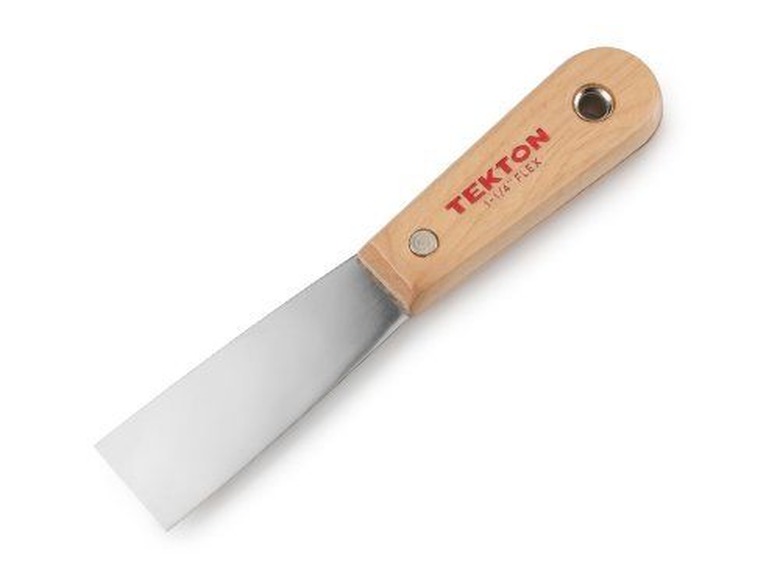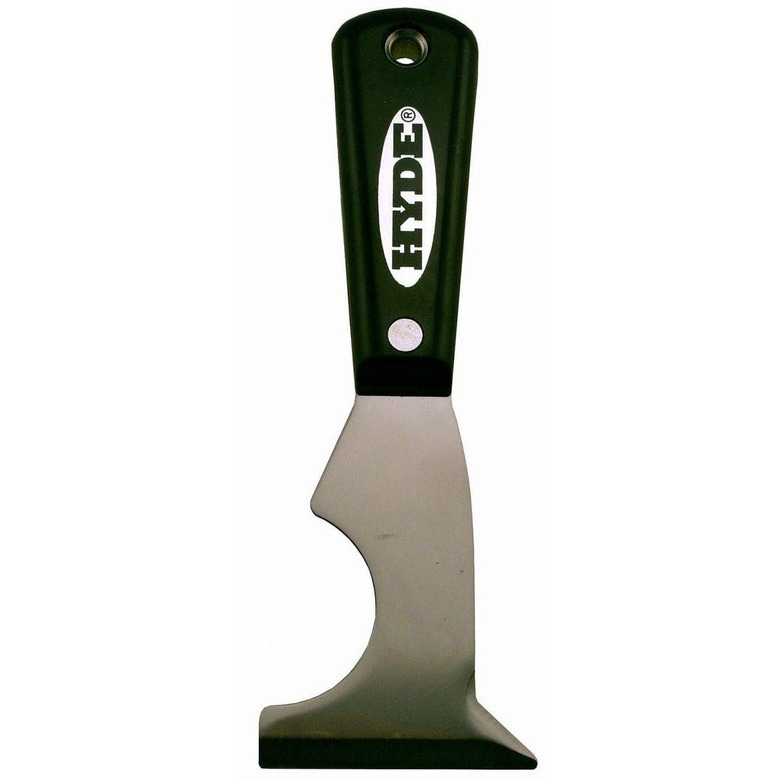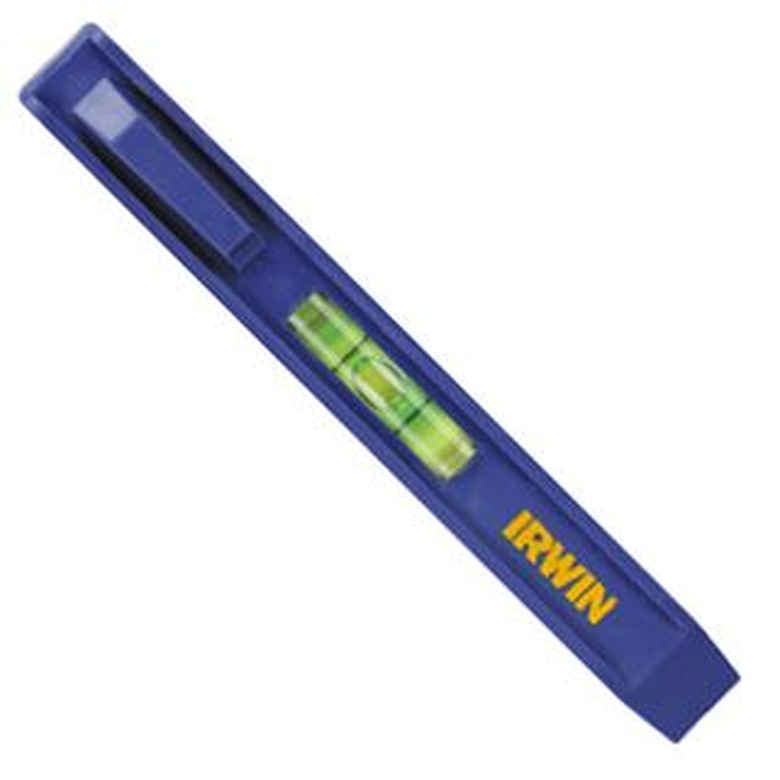What Items Do I Need In My Toolbox?
Most of the routine maintenance and repairs you'll do around the house require only a few fundamental tools. Put together a kit of these basic items, and you'll be ready to tackle almost all but the most specialized jobs. Invest in high-quality tools and keep them dry, and they'll last you a lifetime. Store them together so you always know where to find them. And resist the urge to use whatever tool's handy to do the task in front of you—that's how people get hurt and things get damaged. A screwdriver isn't designed to extract nails, for example. Use the right tool for the job.
Tools for Driving and Prying
Tools for Driving and Prying
Every basic tool kit needs a handful of tools designed for driving screws or nails—and for removing them when necessary.
Screwdrivers
Handheld screwdrivers come in a number of tip styles designed to engage into the slots in the head of the screw. You'll need both flat-head screwdrivers (also known as a standard or slotted head) and Phillips-head screwdrivers. The Phillips-head has a tip in the shape of a cross. A flat head is, just as the name says—a blade that is flat or straight. Because screws come in many different sizes, you'll need a minimum of two flat-head and two Phillips-head screwdrivers:
- 1/8 tip flat-head
- 3/16 tip flat-head
- #0 Phillips-head
- #2 Phillips-head
With just those four, you'll be able to work with a range of screw sizes, but buying a set containing at least 10 screwdrivers will give you a nice selection of tip styles, tip sizes, shaft lengths, and handle styles to allow you to drive different size screws in possibly hard-to-reach locations. Sometimes screwdriver tips are magnetized, which makes it a snap to hold the screw in place as you begin screwing.
You can get a two-in-one screwdriver that consists of a handle with a removable metal shaft that has a Phillips head on one end and a slotted blade on the other; if the tip you want isn't the one that's exposed, simply pull out the shaft, flip it around, and reinsert it into the handle. A multibit screwdriver has a similar concept.
So which way do you turn? Just remember this mnemonic device: Lefty, loosey; righty, tighty.
By the way, most homeowners find it easier to use a power drill or a dedicated power screwdriver for a lot of the jobs traditionally done by hand-held screwdrivers. Make sure to own a collection of driver bits to be used with these power tools. Not only are there slotted and Phillips-head bits available, but also many specialty shapes designed for driving screws with square or star-shaped heads.
Hammers
At a minimum, make sure you have a basic claw hammer—the traditional hammer with a curved face that includes a striking face on one side and a claw for removing nails on the other side. Claw hammers come in many sizes, identified by the weight of the head. A 16-oz. claw hammer is a good choice for a basic tool kit.
As your tool collection grows, you may want to add other hammers, such as:
- A framing hammer: Similar to a claw hammer, but with less curvature to the claw on the head. Useful for serious construction and roofing work.
- A masonry hammer: This tool looks like a miniature sledge hammer and is useful for driving stakes or breaking brick or masonry.
- A tack hammer: Useful for lightweight pounding of tacks or picture hangers.
Nail Set
A nail set helps you hammer a nail down below the surface of wood without wrecking its finish. It's a necessity if you have wood floors or stairs, but otherwise optional. This is a tool used with finishing nails or casing nails, not framing (common) nails that have flat heads.
Pry Bars
While claw hammers can be used to pull nails and other fasteners, you should also have at least one pry bar. The best general-purpose pry bars have one straight end with a forked tip, with a curved claw on the other end. You can use pry bars to pull out nails, lift flooring, and force things apart. They come in different lengths—the longer the handle, the more leverage and force you'll be able to apply.
A useful variation is a short pry bar sometimes known as a cat's paw or nail puller. It has very sharp claws that are useful for digging in underneath the heads of nails.
Cutting Tools
Cutting Tools
The days when a homeowner needed several hand saw in the home workshop are over, since many of these duties have been taken over by hand-held power tools, many of them battery-operated. Still, there are a couple of manual cutting tools that are essential to have around the house.
Utility Knife (Box Cutter)
A utility knife is handy for cutting all kinds of things, from drywall to cardboard. Replace the blade whenever it dulls—unless it's a disposable box cutter, in which case you merely keep snapping off the end of the blade to expose a fresh cutting edge.
Metal Shears
These tools are sold by many names, such as tin snip_s or _aviation shears, and they have many uses around the home workshop. They are designed for cutting sheet metal, but can serve as wire cutters, as shears for cutting window screening, and a host of other functions.
Wrenches
Wrenches
When you want to hold things, either to apply torque or to prevent them from turning, you'll need gripping tools of various types.
Adjustable Wrench
Most commonly used for plumbing, an adjustable wrench has a head with jaws that can be adjusted by swiveling a screw wheel. A single wrench 10 to 14 inches long is a bare minimum, but you may well want larger and smaller wrenches, as well. This is one of the most versatile and essential tools for the basic toolbox.
Ratchet/Socket Wrench
A ratcheting socket wrench makes loosening and tightening bolts very easy and quick. The tool consists of a handle with a ratcheting mechanism at one end. You place various sockets inside the ratchet; these fit over different sizes of bolts and screws. You then crank the handle to tighten or untighten nuts and bolts. A ratchet wrench with a small set of sockets is essential for your basic tool kit.
Combination Wrenches
Combination wrenches have an open-end wrench on one side and box wrench on the other. They come in a wide range of sizes, each of which only fits one size of bolt, so you'll need a set of these wrenches in different sizes.
Pliers
Nobody needs to be told what a pair of pliers are, but you may not realize how many kinds there are, and how important it is to have several types. Pliers serve the same purpose as many wrenches—tightening and loosening nuts and bolts—but they are also useful for grasping and holding things, as well.
- Needlenose pliers have a sharp tip, useful for holding small things, like wire, or reaching things in tight spaces. Needlenose pliers are an important tool if you plan to do any wiring repairs.
- Slip-joint pliers (sometimes called channel-locks) have a fulcrum that moves, allowing you to open the jaw opening larger or smaller, to adjust it to the size of the object you want to grab. Most homeowners find it useful to have two pairs of these pliers.
- Locking pliers have a special handle that allows you to lock the pliers into a gripping position. This can be indispensable when you're working alone and need both hands free.
Knives and Scrapers
Knives and Scrapers
They aren't particularly glamorous tools, but two or three putty knives and wallboard knives are essential to a basic DIY toolbox.
Putty Knife
For jobs where you need to apply and spread compounds, such as filling holes with spackle or wood filler, a putty knife is the tool of choice. It can also be used as an informal paint scraper if you have no other tool available. Putty knives come in a variety of widths; one that's 1 1/4 inch or 1 1/2 inches wide will suit a variety of tasks. Get a larger one if you have large quantities of compound to apply. It's a good idea to own two or even three putty knives; it's one of those tools that often seems to go missing just when you need it the most.
Wallboard Knife
A wallboard knife is another tool with a flexible, non-sharp blade. It is essential for basic wall repairs using patching plaster or drywall compound, but can also serve a variety of other functions, such as scraping paint or serving as a painting shield when painting woodwork. It comes in a variety of widths. A 6-inch knife is a good, versatile choice, but adding an 8- or 12-inch knife is a good idea, too.
A 7-in-1 (or 5-in-1) Multipurpose Tool
This strangely-named tool is rarely known by homeowners when they first move into a home, but it quickly becomes one of their favorites. Looking something like a deformed putty knife, this tool is shaped in a way that allows it to serve as a paint scraper, a putty knife, a paint can opener, a hammer, a screwdriver, a pry bar, a box opener, and more.
Measuring Tools
Measuring Tools
"Measure twice, cut once" is an old carpenter's adage that applies equally to DIY homeowners. Your toolbox must have a couple of good measuring tools in it.
Tape Measure
A tape measure is a flexible ruler that retracts into its case. You can find them in varying lengths; 16 feet or more is good for around the home. When buying a tape measure, invest in a good quality tool. Look for one with a coated blade, which will prevent breakage and corrosion. A "stand-out" feature will allow you to lock the blade in an open position so you can work hands-free.
Be wary of electronic measuring tools, which can be fine for estimating longer distances, but often aren't quite precise enough for exact measurements. These work by sending out an electronic laser beam which is then "read" by the tool's sensor. Electronic "tape measures," even though they can cost a good deal more, are often less accurate than a good old-fashioned manual tape measure. One advantage, though, is that these tools may have built-in calculators.
Level
Levels come in many sizes, but all are used to determine if an object or surface is horizontal (level), or perfectly vertical (plumb). Most traditional levels use glass vials in which a bubble suspended in liquid is "read" to determine the level's orientation to the earth's horizontal and vertical directions. But there are also levels that work with electronic sensors.
At the very least, make sure you own a pocket level—which is usually 6 to 9 inches long. It will help you check to make sure things like floors are being installed perfectly level. You can also use it like a ruler to draw short, straight lines, and to check to make sure that artwork is hanging straight. As a next step up, you might want to buy a 2-foot or 4-foot level, which works better if you are doing framing work.
Stud Finder
A stud finder is a device used to find framing studs behind the surface of the drywall. Knowing their location is beneficial when you need to anchor heavy items such as mirrors or TVs directly to studs. Stud finders come in two different styles: those that use magnets to sense the presence of nails in framing members, and those that find studs by sensing the density of wood behind the surface wall. These density-sensing tools are more expensive, but also considerably more precise and easy to use.
Wiring Tools
Wiring Tools
A small handful of tools are necessary for basic electrical repairs:
- Combination tool. This tool can be used to strip wires, to cut cable, and to crimp connections. It is the most important wiring tool that every basic toolbox should include.
- Non-contact voltage tester. This battery-powered tool chirps rapidly (or uses a flashing neon light) to tell you if an outlet or electrical fixture has current running through it. It is essential for testing to make sure power has been shut off before making repairs or replacements.
- A receptacle tester is a small, simple tool that helps you diagnose common wiring problems at outlets.
Protective Equipment
Protective Equipment
As for the saying "safety first," you won't need protection for every task you take on, but there are certain jobs for which safety equipment is a must.
- Gloves come in a variety of styles, from leather to latex, and are handy for keeping your hands free of dirt and scratches while gardening, as well as for preventing chemicals from getting on your skin. Disposable gloves are always useful. You really should have several pairs of gloves in different styles available at all times.
- Goggles and safety glasses keep your eyes safe from flying debris. Face shields give even more protection, with a clear plastic barrier that protects the entire face.
- Dust masks and respirators keep your lungs safe. Dust masks keep you from breathing in air-borne nontoxic particles such as dirt, sawdust, and the small clippings kicked up while mowing, but they can't protect against chemical fumes and molds. For that, you'll need respirators, which use canisters, cartridges, and filters to filter out contaminants.
- Hearing protectors. Hearing loss is permanent, but it is preventable. Ear protection comes in the form of foam plugs or ear muffs. Muffs feel more comfortable, but plugs do a better job of protecting the ear drums.
Essential Power Tools
Essential Power Tools
Most basic repairs and maintenance work can be done just fine with ordinary hand tools, but a small collection of power tools is a good addition to the arsenal. All hand-held power tools are available in corded models that plug into a wall outlet, but these days they are also available in battery models that offer excellent service and are more convenient to use.
Drill
A power drill is an essential tool, not only for drilling holes but also for driving screws of all types. A drill can also be used with wire brushes, sanding drums, polishing bonnets, and a host of other accessories. Many homeowners now own several drills, and they may dedicate one or two for nothing but screw-driving duties—some tools are sold for exactly that purpose and are sometimes known as "drill-drivers."
For most household tasks, you'll need drill bits ranging in size from 1/16 to 1/4 inch, but they're available in many, many sizes. You can buy a case of drill bits containing an assortment rather than buying them individually. When the bits dull, replace them. There are also specialized bits designed for drilling metal and ceramic tile.
Jig Saw
A power saw of some type is a good thing for any homeowner to have, and a jig saw is the most versatile option, since it can cut almost any material and make cuts of almost any shape. Pair a good battery-powered jig saw with an ample collection of blades, and this may be the only saw you ever need.
Pad Sander
Sooner or later, you will need to do some sanding around the house, and although you can certainly do it by hand, it will be far easier to refinish a table top or restore a wood deck with some kind of power sander. Most homeowners will get by just fine with what is known as a quarter-sheet sander, which uses squares of sandpaper attached to a bottom pad that is vibrated or oscillated in a tight pattern by the tool's motor. If your sanding needs are more frequent, a half-sheet random orbit sander, or even a belt sander, are step-up choices.
Circular Saw
A power circular saw is one of the most common power tools owned by DIY homeowners, and it's an essential tool if you plan to do any kind of real carpentry or framing work. If not, most of your cutting needs can be met by a jig saw.
Accessories
Accessories
Finally, a few items, some of which that aren't tool at all, are good to have on hand since you'll use them frequently. Your toolbox may not be large enough to hold them, but you'll need them sooner or later, so store these items within easy reach.
- Caulk gun. No yearly maintenance routine is complete without refreshing caulk seals around windows and doors, or around bathtubs and showers. A good caulk gun is a must-have tool.
- Paintbrushes and rollers. A small selection of paintbrushes in different sizes, roller handles, and painting trays should be on a shelf or hanging from pegboard above your workbench.
- Silicone lubricant spray stops squeaky hinges and helps drawers that don't slide well glide that way they should.
- Graphite powder is used for lubricating locks and extending their life. Just insert the tip of the tube into the keyhole and gently squeeze to puff a small amount of powder into it. Then insert and remove your key several times to distribute the graphite into the lock and the pins.
